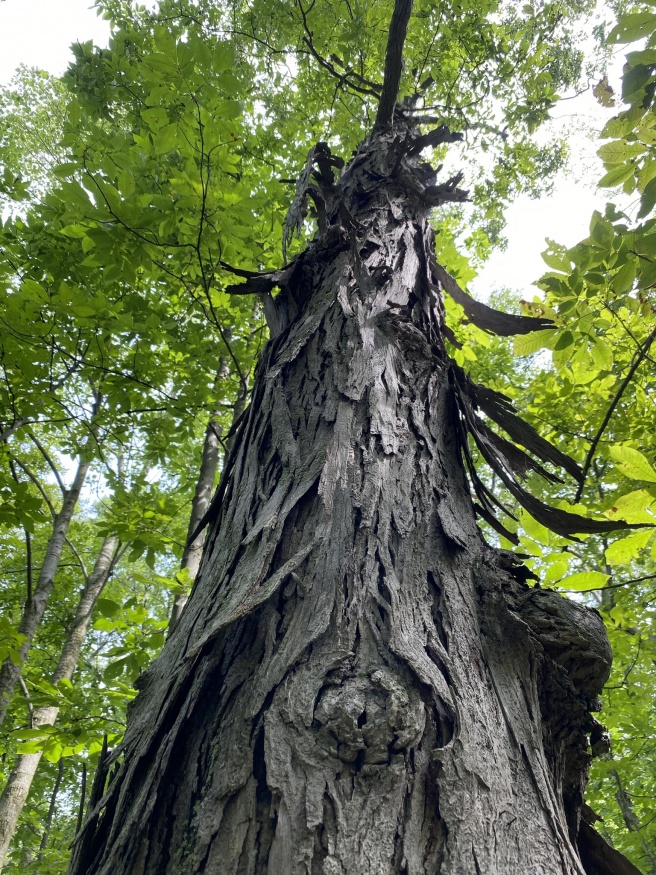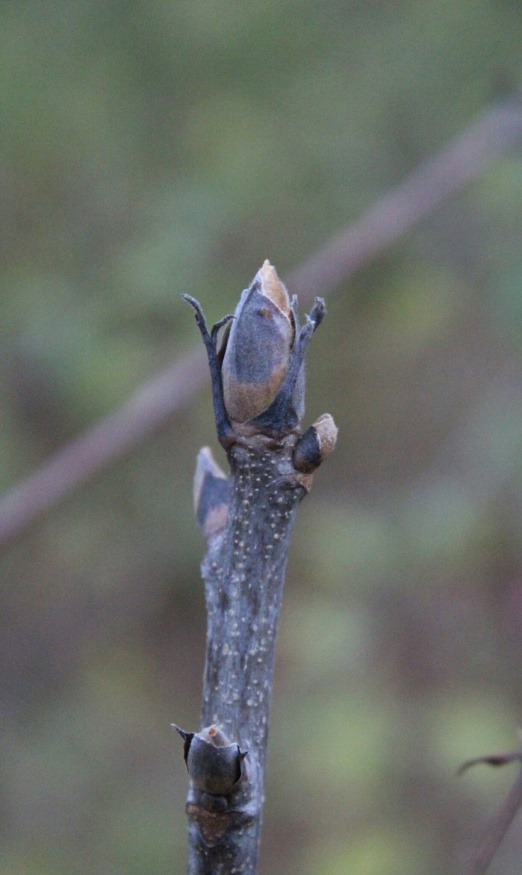Shellbark Hickory

Family: Juglandaceae Native to: Eastern North America
Hardy to zone: 5
Eco benefits: valuable wood, edible nuts
Natural habitat: waters edge, inner forests, floodplains
Shapes: oblong
Height: 60-80ft
Growth rate: slow
Unique attractions: fruit
Common uses: reforestation
Light: full sun
Transplanting: difficult
Soil: moist and fertile, well drained, tolerates heavy clay, tolerates wet feet, drought tolerant, ph adaptable

The shellbark hickory is rare is Canada and possibly introduced through plantings by native Americans. It Looks similar to the more common shagbark hickoy with a straight, prominent leader, shaggy bark, and compound leaves. The main difference between the shagbark and shellbark hickory is the larger nuts, leaves, and overall size on the shellbark hickory.

A light annual crop of nuts appear after 10 - 12 years of age. Nuts are edible and similar to pecans in taste. They are the largest of all hickories and are consumed by various wildlife such as deer, bears, foxes, rabbits, and turkey.

References:
Arbor Day Foundation, (n.d.). Shellbark Hickory Carya laciniosa. Retrieved from https://www.arborday.org/trees/treeguide/TreeDetail.cfm?ItemID=850
The Arboretum - University of Guelph, (n.d ). Shellbark Hickory - Carya laciniosa. Retrieved from https://www.uoguelph.ca/arboretum/thingstosee/trees/balsamfirshellbarkhickory
Sheereen Othman, (2016). Shellbark Hickory: The Grandest of them all. Retrieved from https://arbordayblog.org/treeoftheweek/shellbark-hickory/
Ontario Trees & Shrubs (n.d.). Shellbark hickory Carya laciniosa. Retrieved from http://ontariotrees.com/main/species.php?id=2046
Trees of Canada - Tree Canada, (n.d.). Shellbark hickory (Carya laciniosa). Retrieved from https://treecanada.ca/resources/trees-of-canada/shellbark-hickory-carya-laciniosa/